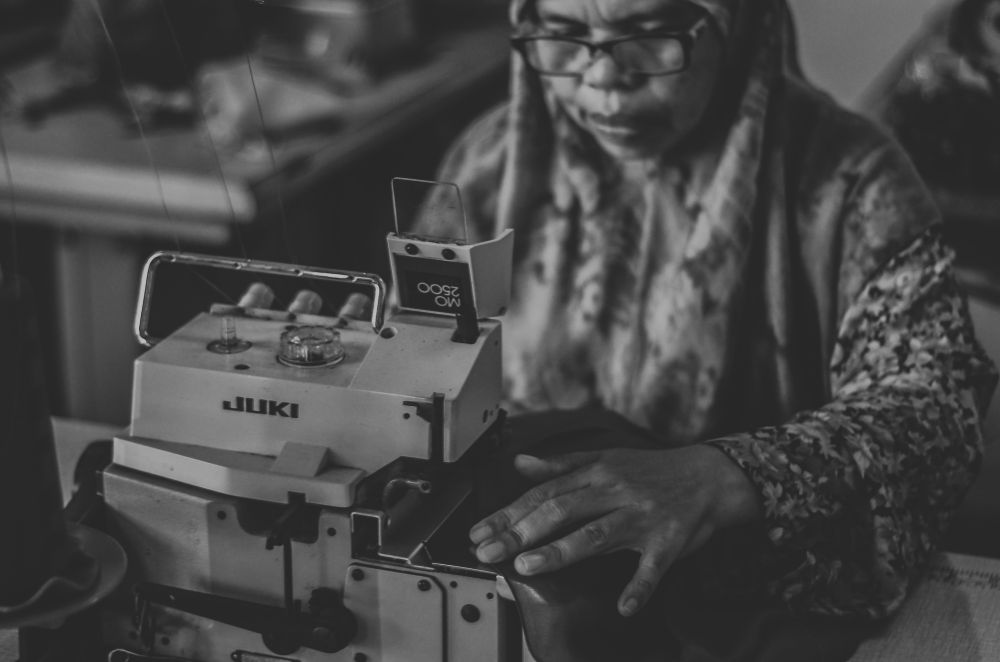
It’s shocking, but sweatshops still fuel the fashion industry. Child labor, forced labor, and unsafe working conditions are rampant in countries like Bangladesh, Indonesia, Sri Lanka, and the Philippines.
Many brands churn out cheap, disposable clothing for high-street stores—while workers are underpaid, forced to work long hours, and denied healthcare or leave. Young women in factories often face sexual abuse and coercion. Some children are pulled from school to work in cotton fields, thinking this is their only path to a future.
Even corporate audits often fail. Outsiders inspecting factories miss hidden abuses, leaving serious human rights violations unchecked. And the environmental cost is staggering: toxic chemicals, water pollution, and the destruction of ecosystems go largely unaddressed.
As consumers, we hold power. Every purchase is a choice. By supporting brands that pay fair wages, protect workers, and respect human rights, we can demand accountability and help create a fashion industry that values people and the planet over profit.
Panaprium is independent and reader supported. If you buy something through our link, we may earn a commission. If you can, please support us on a monthly basis. It takes less than a minute to set up, and you will be making a big impact every single month. Thank you!
Aeropostale
Aéropostale is a major American retailer specializing in casual apparel and accessories, primarily targeting teenagers and young adults. The company has faced criticism for labor practices in its supply chain, including the use of sweatshop workers and child labor, particularly in countries like Sri Lanka and Vietnam. Despite claims to uphold human rights, Aéropostale has been reported to source cotton from Uzbekistan, a country with a history of child labor in its cotton industry. Although Uzbekistan has made progress in eradicating systemic child and forced labor, isolated incidents may still occur.
Aéropostale has not publicly disclosed its supplier list or provided detailed information on its efforts to ensure ethical labor practices. The company has also been criticized for not participating in initiatives like the Transparency Pledge or the Ethical Trading Initiative, which promote supply chain transparency and worker rights.
In summary, while Aéropostale has made public commitments to human rights, the company continues to face scrutiny over its labor practices and supply chain transparency. Consumers concerned about ethical sourcing may want to consider these factors when making purchasing decisions.
Aéropostale: Current Status (as of 2026)
✅ Efforts to Address Labor Rights
-
Compliance with California Transparency in Supply Chains Act: Aéropostale discloses its commitment to eradicating slavery and human trafficking from its direct supply chain. The company requires vendors and manufacturers to comply with its Code of Conduct, which prohibits forced labor, including slave labor, prison labor, and human trafficking. aeropostale.com
-
Third-Party Social Compliance Audits: The company engages Intertek to conduct third-party social compliance audits of factories manufacturing Aéropostale products. These audits include questions specifically addressing slavery and human trafficking. aeropostale.com
⚠️ Ongoing Challenges
-
Lack of Transparency: Aéropostale has been reported to have zero percent transparency in its supply chain, with no public disclosure of supplier information. This lack of transparency makes it difficult to assess the company's efforts to address labor rights issues effectively. Trellis
-
Bankruptcy Filing: In early 2025, Aéropostale filed for bankruptcy protection and received court approval for $160 million in debtor-in-possession (DIP) financing. This indicates significant financial distress and necessitates a court-supervised reorganization. Martini.ai
📝 Conclusion
While Aéropostale has implemented policies to address labor rights issues, such as requiring compliance with its Code of Conduct and conducting third-party audits, the company faces significant challenges. The lack of transparency in its supply chain and recent financial difficulties highlight the need for continued efforts to improve labor practices and ensure ethical sourcing.
If you're interested, I can provide a detailed comparison of Aéropostale's labor and environmental practices with other brands in the industry. Would you like that?
Adidas
Adidas is a global sportswear company producing shoes, clothing, and accessories. The brand has faced criticism for labor practices in its supply chain, including the use of sweatshop workers and child labor, particularly in cotton sourcing in India. Some factories and warehouses have also faced safety violations.
Adidas has implemented a Code of Conduct prohibiting forced and child labor and participates in initiatives like the Fair Labor Association to monitor suppliers. The company has made efforts to improve transparency, traceability, and worker protections, and it has also introduced measures to reduce environmental impacts from chemical treatments and production processes.
Despite these efforts, challenges remain. Reports of child labor in cotton farms, unsafe warehouse conditions, and the environmental impact of production persist. While Adidas is making progress, ongoing monitoring and stronger enforcement are needed to ensure fully ethical and sustainable practices across its supply chain.
Adidas: Current Status (as of 2026)
✅ Labor Rights and Supply Chain Oversight
-
Modern Slavery Policy: Adidas strictly prohibits forced labor and human trafficking across all operations and supply chains. Adidas Group
-
Fair Labor Association (FLA) Membership: All Adidas suppliers involved in final production for apparel, accessories, and footwear are under FLA coverage, ensuring adherence to labor rights standards. Fair Labor Association
-
Collaborations for Transparency: In 2024, Adidas collaborated with the Fair Labor Association (FLA) to assess the risk of forced and child labor in its upstream cotton supply chain in India, responding to third-party investigations that found evidence of child labor. Wikirate
⚠️ Ongoing Challenges
-
Child Labor in Cotton Sourcing: A report by Transparentem revealed that Adidas procured cotton from Indian farms employing child and bonded laborers, highlighting the need for deeper supply chain scrutiny. Fortune
-
Warehouse Safety Violations: In 2024, the U.S. Department of Labor's Occupational Safety and Health Administration cited an Adidas warehouse in upstate New York for safety violations, including missing guardrails and unsafe ladder conditions. DOL
🌿 Environmental Impact and Chemical Management
-
Chemical Management: Adidas focuses on reducing environmental impacts through responsible water, waste, and chemical management, following guidelines, and using safer alternatives. Adidas Group Report
-
Sustainable Materials: The company has committed to using recycled materials and reducing hazardous substances in its production processes. Adidas Group Report
📝 Conclusion
While Adidas has implemented policies and initiatives to address labor rights and environmental impacts, challenges persist, particularly regarding child labor in cotton sourcing and warehouse safety violations. The company must continue to enhance its efforts to ensure ethical and sustainable practices across its supply chain.

ASOS
ASOS is a British online fashion and cosmetic retailer, offering over 850 brands alongside its own clothing and accessories. The company has faced criticism for labor practices in its supply chain, including reports of child labor in Turkish factories and sweatshop-like conditions in its warehouses. Investigations have highlighted instances where Syrian refugee children were employed in Turkish sweatshops, working long hours for low wages, often in violation of Turkish labor laws Reuters+1.
ASOS has implemented a Code of Conduct prohibiting child labor and requiring suppliers to meet basic labor standards. The company also conducts audits and has participated in initiatives like the Transparency Pledge and the Fast Forward auditing program to improve supply chain transparency and working conditions ASOS plc.
Despite these efforts, challenges remain. Reports indicate that audits may not be comprehensive enough to address all issues, and ASOS has been criticized for lacking transparency regarding its direct suppliers Utopia. Additionally, while ASOS has pledged to implement commitments on purchasing practices to facilitate progress toward the payment of living wages in its supply chain, independent verification of these claims is limited asos-12954-s3.s3.eu-west-2.amazonaws.com.
In summary, while ASOS has taken steps to address labor rights issues, including implementing a Code of Conduct and participating in industry initiatives, significant work is still needed to ensure ethical and sustainable labor practices across its supply chain.
ASOS: Current Status (as of 2026)
✅ Policies and Initiatives
-
Modern Slavery Statement: ASOS's 2023 Modern Slavery Statement outlines efforts to combat forced labor and child labor, including conducting human rights assessments and launching internal training programs. asos-12954-s3.s3.eu-west-2.amazonaws.com
-
Supplier Engagement: The company collaborates with organizations like GoodWeave to assess and address risks of child and forced labor in its supply chains in regions such as Northern India and Bangladesh. asos-12954-s3.s3.eu-west-2.amazonaws.com
-
Transparency Efforts: ASOS has committed to publishing a list of tier 1 to tier 3 suppliers, aiming to enhance supply chain traceability. Business & Human Rights Resource Centre
⚠️ Ongoing Challenges
-
Child Labor in Turkish Factories: Reports indicate that Syrian refugee children have been employed in Turkish sweatshops, working long hours for low wages, often under unsafe conditions. Reuters
-
Warehouse Conditions: There have been concerns about working conditions in ASOS warehouses, including issues related to worker safety and treatment. Panaprium
-
Audit Limitations: While ASOS conducts audits, there are concerns about the comprehensiveness and effectiveness of these audits in addressing labor rights violations. Panaprium
📝 Conclusion
ASOS has implemented policies and initiatives aimed at addressing labor rights issues in its supply chain. However, challenges persist, particularly regarding child labor in Turkish factories and working conditions in warehouses. The company must continue to enhance its efforts to ensure ethical and sustainable practices across its supply chain.
Disney
The Walt Disney Company is an American multinational entertainment conglomerate that also produces clothing, toys, and other merchandise. The company has faced repeated criticism for labor practices in its supply chain, including reports of child labor, unsafe working conditions, and excessive overtime in factories, particularly in China.
Disney has implemented a Code of Conduct prohibiting forced and child labor and requires its suppliers to comply with international labor standards. The company also conducts audits and has programs in place to monitor and improve working conditions.
Despite these measures, past allegations and investigations show that serious issues remain. Reports of child labor, excessive overtime, and unsafe conditions have persisted in some factories, highlighting the ongoing need for stronger enforcement, transparency, and accountability across Disney’s global supply chain.
The Walt Disney Company: Current Status (as of 2026)
The Walt Disney Company, a global entertainment conglomerate, has faced longstanding scrutiny over labor practices in its supply chain, particularly concerning toy and apparel manufacturing in countries like China.
✅ Labor Practices and Oversight
-
Code of Conduct: Disney's Code of Conduct prohibits forced labor, including prison, bonded, indentured, or coerced labor, and child labor. The company requires its suppliers to comply with applicable employment laws and conducts audits to assess compliance Disney Impact.
-
Audit and Monitoring: Disney has implemented the International Labor Standards (ILS) Program, which mandates that licensees and vendors conduct regular audits and provide audit reports. This program aims to provide Disney with greater visibility into the working conditions of facilities producing Disney-branded products Disney Impact.
⚠️ Past Allegations and Investigations
-
2011 Allegations: In 2011, an investigation by human rights group SACOM uncovered a factory in China producing Disney's "Cars" toys that allegedly employed child labor and forced staff to work excessive overtime, with one worker reportedly committing suicide due to mistreatment The Guardian.
-
China Labor Watch Reports: China Labor Watch has reported instances of child labor, excessive overtime, and exposure to hazardous chemicals in factories producing Disney-branded products. These reports have led Disney to terminate relationships with certain suppliers and push others to improve working conditions Green America.
📝 Conclusion
While Disney has established policies to prohibit forced and child labor and has implemented programs to monitor its supply chain, past allegations highlight ongoing challenges in ensuring compliance across all suppliers. The company must continue to enhance transparency and accountability to align with international labor standards and consumer expectations.
Forever 21
Forever 21 is a fast-fashion retailer headquartered in Los Angeles. The company has faced repeated criticism for labor practices in its supply chain, including unsafe factory conditions, low wages, unpaid overtime, and past use of child labor in cotton farms, such as in Uzbekistan.
Forever 21 has a Code of Conduct prohibiting child labor and requiring suppliers to meet basic labor standards. The company also conducts audits of its factories and has implemented some worker protection initiatives.
Despite these efforts, serious issues remain. Many workers still face unsafe conditions, underpayment, and lack of compensation for overtime. Child labor and other labor rights violations continue to be reported, showing that significant progress is still needed to ensure ethical and safe practices throughout the supply chain.
Forever 21: Current Status (as of 2026)
Forever 21, a fast-fashion retailer headquartered in Los Angeles, has faced ongoing scrutiny over labor practices and working conditions in its supply chain.
✅ Labor Practices and Oversight
-
Code of Conduct: Forever 21's Code of Conduct prohibits child labor and mandates that workers be at least the legal working age in their country or 15 years old, whichever is higher. The company requires its suppliers to establish robust age-verification processes to prevent the employment of children or underage workers. ethical.org.au
-
Factory Monitoring: The company conducts audits of its supplier factories to assess compliance with labor standards. However, in 2017, Forever 21 withdrew from the Worker Rights Consortium, limiting independent monitoring by labor rights experts. Human Rights Watch
⚠️ Workplace Culture and Discrimination
-
Sexual Harassment Lawsuit: In 2025, Forever 21 agreed to settle a sexual discrimination lawsuit that had been ongoing since 2018. The lawsuit alleged that Forever 21 failed to offer women equal pay and promotions compared to their male counterparts and fostered a work environment hostile to women.
-
Toxic Workplace Culture: Unsealed court documents from 2022 revealed allegations of a toxic workplace culture at Forever 21, including sexism, bullying, and fear of retaliation. These records detailed how female employees were concerned that management was unlikely to address their complaints.
🌱 Environmental and Social Initiatives
-
Heat Stress Protocols: Forever 21 has implemented protocols to protect workers from heat exhaustion in its supplier factories, particularly in regions experiencing extreme temperatures. The company is one of the few apparel brands to include such measures in its supplier code of conduct.
📝 Conclusion
Forever 21 has made efforts to improve labor practices and workplace culture, including implementing a Code of Conduct and settling legal disputes related to discrimination. However, challenges remain, particularly concerning independent monitoring of labor conditions and addressing allegations of a toxic workplace culture. The company must continue to enhance transparency and accountability to align with international labor standards and consumer expectations.
GAP
Gap Inc. is an American clothing and accessories retailer headquartered in San Francisco. The company has faced repeated criticism for labor practices in its supply chain, including past use of child labor, unsafe working conditions, long hours, and underpayment in countries such as Bangladesh, Cambodia, India, Indonesia, and Sri Lanka.
Gap has implemented a Code of Conduct prohibiting child labor and requiring suppliers to meet basic labor standards. The company also conducts factory audits and participates in industry initiatives to improve labor conditions.
Despite these efforts, serious issues remain. Workers still face unsafe conditions, excessive hours, low wages, and limited ability to organize. Reports of harassment and abuse persist in some factories. While Gap has made progress on transparency and oversight, significant work is still needed to ensure ethical and safe labor practices across its supply chain.
GAP: Current Status (as of 2026)
Gap Inc., headquartered in San Francisco, has faced longstanding criticism for labor practices in its supply chain, particularly concerning child labor, unsafe working conditions, and inadequate wages in countries such as Bangladesh, Cambodia, India, Indonesia, and Sri Lanka.
✅ Labor Practices and Oversight
-
Code of Conduct: Gap Inc.'s Code of Conduct prohibits child labor and mandates that workers be at least the legal working age in their country or 15 years old, whichever is higher. The company requires its suppliers to establish robust age-verification processes to prevent the employment of children or underage workers. Gap Inc.
-
Factory Monitoring: The company conducts audits of its supplier factories to assess compliance with labor standards. As of 2024, 100% of in-scope Tier 1 factories are participating in industrywide efforts, including SLCP and/or ILO Better Work. Additionally, 83% of its sourcing volume is allocated to green-rated factories. Gap Inc.
⚠️ Workplace Culture and Discrimination
-
Sexual Harassment Lawsuit: In 2025, Gap Inc. agreed to settle a sexual discrimination lawsuit that had been ongoing since 2018. The lawsuit alleged that Gap failed to offer women equal pay and promotions compared to their male counterparts and fostered a work environment hostile to women.
-
Toxic Workplace Culture: Unsealed court documents from 2022 revealed allegations of a toxic workplace culture at Gap, including sexism, bullying, and fear of retaliation. These records detailed how female employees were concerned that management was unlikely to address their complaints.
🌱 Environmental and Social Initiatives
-
Heat Stress Protocols: Gap Inc. has implemented protocols to protect workers from heat exhaustion in its supplier factories, particularly in regions experiencing extreme temperatures. The company is one of the few apparel brands to include such measures in its supplier code of conduct.
📝 Conclusion
Gap Inc. has made efforts to improve labor practices and workplace culture, including implementing a Code of Conduct and settling legal disputes related to discrimination. However, challenges remain, particularly concerning independent monitoring of labor conditions and addressing allegations of a toxic workplace culture. The company must continue to enhance transparency and accountability to align with international labor standards and consumer expectations.
H&M
H&M is a Swedish multinational retailer known for fast-fashion clothing for men, women, teenagers, and children. The company has faced repeated criticism for labor practices in its supply chain, including unsafe working conditions, low wages, and past cases of child labor, particularly in countries like Bangladesh and Myanmar.
H&M has implemented a Code of Conduct prohibiting child labor and requiring suppliers to meet basic labor standards. The company also conducts audits of its factories and has introduced some worker protection initiatives.
Despite these efforts, challenges remain. Many workers still do not earn a living wage, factory conditions can be unsafe, and transparency in the supply chain is limited. While H&M has made some progress, significant work is still needed to ensure ethical and sustainable labor practices.
H&M: Current Status (as of 2026)
H&M, a Swedish multinational retail company known for its fast-fashion clothing for men, women, teenagers, and children, has faced ongoing scrutiny over labor practices and workplace conditions in its supply chain. Despite efforts to improve, significant challenges remain.
✅ Labor Practices and Oversight
-
Code of Conduct: H&M's Code of Conduct prohibits child labor and mandates that workers be at least the legal working age in their country or 15 years old, whichever is higher. The Guardian
-
Factory Monitoring: The company conducts audits of its supplier factories to assess compliance with labor standards. However, in 2017, H&M withdrew from the Worker Rights Consortium, limiting independent monitoring by labor rights experts. Good On You
-
Forced Labor Allegations: In 2024, the U.S. added Esquel Group, a former supplier to H&M, to its forced labor ban list due to alleged ties to forced labor in China's Xinjiang region. H&M had previously dropped Esquel as a supplier following earlier allegations.
⚠️ Workplace Culture and Discrimination
-
Sexual Harassment Lawsuit: In 2025, H&M agreed to settle a sexual discrimination lawsuit that had been ongoing since 2018. The lawsuit alleged that H&M failed to offer women equal pay and promotions compared to their male counterparts and fostered a work environment hostile to women.
-
Toxic Workplace Culture: Unsealed court documents from 2022 revealed allegations of a toxic workplace culture at H&M, including sexism, bullying, and fear of retaliation. These records detailed how female employees were concerned that management was unlikely to address their complaints.
🌱 Environmental and Social Initiatives
-
Heat Stress Protocols: H&M has implemented protocols to protect workers from heat exhaustion in its supplier factories, particularly in regions experiencing extreme temperatures. The company is one of the few apparel brands to include such measures in its supplier code of conduct.
📝 Conclusion
H&M has made efforts to improve labor practices and workplace culture, including implementing a Code of Conduct and settling legal disputes related to discrimination. However, challenges remain, particularly concerning independent monitoring of labor conditions and addressing allegations of a toxic workplace culture. The company must continue to enhance transparency and accountability to align with international labor standards and consumer expectations.
Nike
Nike is an American multinational corporation that designs, manufactures, and sells footwear, apparel, and equipment worldwide. The company has faced longstanding criticism for labor practices, including allegations of child labor, underpayment, and unsafe working conditions in supplier factories.
Nike has implemented a Code of Conduct prohibiting child labor and unsafe practices and conducts audits of its supplier factories. It has also addressed workplace discrimination and sexual harassment through legal settlements and internal reforms.
Despite these efforts, challenges remain. Independent monitoring of factories is limited, and reports of workplace discrimination, harassment, and labor rights violations persist. While Nike has made progress, transparency and accountability in its supply chain are still areas needing significant improvement.
Nike: Current Status (as of 2026)
Nike, a leading American multinational corporation specializing in footwear, apparel, and equipment, has faced longstanding scrutiny over labor practices and workplace culture. While the company has implemented various measures to address these issues, challenges persist.
✅ Labor Practices and Oversight
-
Code of Conduct: Nike's Code of Conduct explicitly prohibits the use of child labor in facilities contracted to make its products. The company requires that workers be at least 16 years of age or the legal age of compulsory schooling, whichever is higher. Additionally, workers between the ages of 16 and 18 are restricted from hazardous positions and night shifts. Nike
-
Factory Monitoring: Nike conducts audits of its supplier factories to assess compliance with labor standards. However, in 2017, Nike withdrew from the Worker Rights Consortium, limiting independent monitoring by labor rights experts. Good On You
-
Forced Labor Allegations: In 2024, the U.S. added Esquel Group, a former supplier to Nike, to its forced labor ban list due to alleged ties to forced labor in China's Xinjiang region. Nike had previously dropped Esquel as a supplier following earlier allegations. The Wall Street Journal
⚠️ Workplace Culture and Discrimination
-
Sexual Harassment Lawsuit: In 2025, Nike agreed to settle a sexual discrimination lawsuit that had been ongoing since 2018. The lawsuit alleged that Nike failed to offer women equal pay and promotions compared to their male counterparts and fostered a work environment hostile to women. Forbes
-
Toxic Workplace Culture: Unsealed court documents from 2022 revealed allegations of a toxic workplace culture at Nike, including sexism, bullying, and fear of retaliation. These records detailed how female employees were concerned that management was unlikely to address their complaints. The Guardian
🌱 Environmental and Social Initiatives
-
Heat Stress Protocols: Nike has implemented protocols to protect workers from heat exhaustion in its supplier factories, particularly in regions experiencing extreme temperatures. The company is one of the few apparel brands to include such measures in its supplier code of conduct. Reuters
📝 Conclusion
Nike has made efforts to improve labor practices and workplace culture, including implementing a Code of Conduct and settling legal disputes related to discrimination. However, challenges remain, particularly concerning independent monitoring of labor conditions and addressing allegations of a toxic workplace culture. The company must continue to enhance transparency and accountability to align with international labor standards and consumer expectations.
Primark
Primark is an Irish fast-fashion retailer headquartered in Dublin, also operating in the United States, and part of the Associated British Foods group. The company has faced criticism for labor practices in its supply chain, including low wages, excessive working hours, and past involvement in child labor scandals.
Primark has implemented a Code of Conduct prohibiting forced and child labor, conducts factory audits, and employs ethical trade experts in key sourcing countries. It also publishes some sustainability and supply chain information.
Despite these efforts, significant challenges remain. Workers in parts of its supply chain are not paid a living wage, subcontracting can result in labor rights violations, and overall transparency is limited. While Primark is taking steps to improve sustainability and labor standards, independent monitoring indicates there is still considerable progress to be made.
Primark: Current Status (as of 2026)
Primark, an Irish fast-fashion retailer headquartered in Dublin, has faced longstanding criticism for labor practices and supply chain transparency. While the company has implemented measures to address these issues, challenges persist.
✅ Labor Practices and Transparency
-
Code of Conduct: Primark's Code of Conduct prohibits forced and child labor, coercion, harassment, and discrimination, aligning with international labor standards. corporate.primark.com
-
Factory Audits: The company conducts annual, unannounced audits of its approved factories. If a factory cannot be inspected, Primark will not place new orders with them. corporate.primark.com
-
Supplier Monitoring: Primark employs a team of 130 ethical trade experts based in key sourcing countries to monitor compliance with its Code of Conduct. corporate.primark.com
⚠️ Ongoing Concerns
-
Living Wage: While Primark is exploring tools to gather wage data, the company acknowledges that it does not yet pay a living wage across its supply chain. corporate.primark.com
-
Supply Chain Transparency: Primark's transparency efforts are limited, with a Fashion Transparency Index score of 40% in 2023. Eco-Stylist
-
Subcontracting Issues: Reports indicate that labor violations, including underpayment and excessive working hours, are prevalent among subcontractors in Bangladesh's garment sector. Financial Times
🌱 Environmental and Social Initiatives
-
Sustainability Goals: Primark aims to halve carbon emissions across its value chain by 2030 and eliminate non-clothing waste. corporate.primark.com
-
Financial Resilience: The company is exploring tools to gather wage data to help suppliers understand their gap to a living wage. corporate.primark.com
📝 Conclusion
Primark has made strides in improving labor practices and environmental sustainability, including the implementation of a comprehensive Code of Conduct and increased supply chain transparency. However, challenges remain, particularly concerning living wages and labor rights violations among subcontractors. The company must continue to enhance transparency and address these issues to align with international labor standards and consumer expectations.

Uniqlo
Uniqlo is a Japanese casual wear retailer owned by Fast Retailing. The company has faced past allegations of exploitative labor practices, including unpaid wages and factory closures without severance pay. While Uniqlo has policies in place to prevent forced and child labor, there have been reports of labor rights violations in its supply chain, particularly in Indonesia. The company states that it does not source cotton from China's Xinjiang region, but concerns about forced labor in the region persist. Uniqlo publishes annual sustainability reports, but some critics argue that the company lacks transparency in its supply chain and does not provide sufficient information about the effectiveness of its audits.
🟡 Uniqlo: Current Status (as of 2026)
Uniqlo, a Japanese casual wear retailer under Fast Retailing, continues to face scrutiny over labor practices and environmental impact. While the company has implemented policies to address these issues, challenges persist.
✅ Labor Practices and Transparency
-
Code of Conduct: Uniqlo's Code of Conduct prohibits forced and child labor, coercion, harassment, and discrimination, aligning with international labor standards. Fast Retailing
-
Monitoring and Audits: The company conducts weekly factory visits in key production regions, including Bangladesh and Indonesia, to monitor compliance with labor standards. UNIQLO
-
Transparency: Uniqlo publishes lists of its garment factories and core fabric mills, enhancing supply chain transparency. UNIQLO
-
Modern Slavery Statement: Fast Retailing's 2024 Modern Slavery Statement outlines efforts to identify, prevent, and remediate modern slavery risks in its supply chains. Fast Retailing
⚠️ Ongoing Concerns
-
Forced Labor Allegations: Despite policies, Uniqlo has faced allegations of forced labor in its supply chain. In 2021, U.S. Customs seized Uniqlo shirts suspected of being produced using forced labor in China's Xinjiang region. Business & Human Rights Resource Centre
-
Labor Rights Violations: Reports have highlighted issues such as unpaid wages and excessive working hours in factories supplying Uniqlo. For instance, workers in Indonesia have reported being owed severance pay. Fast Retailing
-
Transparency Limitations: While Uniqlo publishes lists of its factories, critics argue that the company lacks comprehensive transparency regarding factory conditions and audit results. Fast Retailing
🌱 Environmental Impact
-
Sustainability Initiatives: Uniqlo has undertaken efforts to reduce its environmental footprint, such as reducing single-use plastic packaging and promoting the use of eco-friendly materials. UNIQLO
-
Circular Economy: The company encourages customers to recycle clothing through its All-Product Recycling Initiative, aiming to promote a circular economy. CliffsNotes
📊 Transparency and Accountability
-
Fashion Transparency Index: Uniqlo's labor rating has improved to "It's a Start," scoring 41–50% in the Fashion Transparency Index, indicating progress in supply chain transparency. Good On You
-
Sustainability Reporting: Uniqlo publishes annual sustainability reports detailing its efforts to improve labor conditions and environmental impact. UNIQLO
📝 Conclusion
Uniqlo has made strides in improving labor practices and environmental sustainability, including the implementation of a comprehensive Code of Conduct and increased supply chain transparency. However, challenges remain, particularly concerning forced labor allegations and labor rights violations in its supply chain. The company must continue to enhance transparency and address these issues to align with international labor standards and consumer expectations.
Urban Outfitters
Urban Outfitters (UO) is a U.S.-based lifestyle retailer known for its brands like Urban Outfitters, Anthropologie, and Free People. The company has policies in place that prohibit forced and child labor and has initiatives to reduce its environmental impact. However, UO continues to operate within a fast fashion model, which raises concerns about sustainability and labor practices. While there have been past allegations of exploitative labor practices, there is no recent verified evidence of systemic issues in UO's supply chain. The brand's transparency has been criticized, and it has room for improvement in both environmental and labor practices.
🟡 Urban Outfitters: Current Status (as of 2026)
Urban Outfitters (UO), under its parent company URBN, continues to operate as a prominent player in the lifestyle retail sector, encompassing brands like Urban Outfitters, Anthropologie, and Free People. While the company has made strides in certain areas, significant concerns persist regarding labor practices, environmental impact, and overall transparency.
✅ Labor Practices and Transparency
-
Vendor Code of Conduct: URBN enforces a Vendor Code of Conduct that prohibits forced and child labor. The company states that its internal Social Responsibility team conducts audits to ensure compliance. investor.urbn.com
-
Audit Practices: There is limited public information on the frequency and depth of these audits. The company does not disclose specific details about the number of audits conducted or the outcomes, which raises questions about the effectiveness of these measures.
-
Living Wages: URBN does not provide evidence that it ensures payment of a living wage across its supply chain. This lack of transparency makes it difficult to assess the actual working conditions of employees in its supply chain.
🌱 Environmental Impact
-
Material Usage: URBN continues to rely heavily on synthetic materials such as polyester, nylon, and elastane. These materials contribute significantly to environmental degradation due to their non-biodegradable nature and the energy-intensive processes required for their production. brands.thecommons.earth
-
Packaging: The company utilizes primarily plastic packaging, with limited information provided on the sources of these materials. This practice contributes to waste production and excess energy use.
-
Sustainability Initiatives: URBN has implemented some initiatives, such as recycling polybags and donating excess home items to reduce waste. However, these efforts are relatively small-scale and do not address the broader environmental impact of the company's operations. Urban Outfitters
📊 Transparency and Accountability
-
Fashion Transparency Index: URBN received a score of 11–20% in the 2023 Fashion Transparency Index, indicating a significant lack of transparency in its operations. Good On You
-
Sustainability Reporting: The company publishes annual impact reports, but these documents often lack detailed information on key areas such as supply chain practices, environmental impact, and labor conditions. brands.thecommons.earth
🔍 Conclusion
While Urban Outfitters has made some efforts to improve its labor practices and environmental impact, these initiatives are insufficient and lack transparency. The company's reliance on synthetic materials, limited sustainability efforts, and inadequate reporting mechanisms raise significant concerns about its commitment to ethical and sustainable practices. Consumers seeking brands with robust labor rights protections, environmental sustainability, and transparency may find Urban Outfitters lacking in these critical areas.
Victoria's Secret
Victoria’s Secret (VS) is a U.S. brand specialising in women’s lingerie, womenswear and beauty-products. Historically, some of the factories producing for VS (in countries such as Sri Lanka, Jordan and others) were reported by investigative groups to have very low wages, long working hours, guest/migrant labour vulnerabilities and structural labour-rights risks.
Today, VS & Co publishes robust supplier-code policies and modern-slavery statements, states that its Tier 1 and Tier 2 apparel factories are audited annually, and claims full mapping of Tier 1/2 and identification of Tier 3 cotton mills. However, credible labour-rights groups continue to raise concerns about wage levels, working hours, benefits and worker empowerment in the supply chain of VS and peer brands. In short: while VS appears to have improved transparency and compliance systems, significant questions remain about the quality of working conditions, wages, and effectiveness of audits and traceability across its full global supply chain.
🔍 Current status (2026)
-
VS & Co. publishes its Modern Slavery Transparency Statement (FY ended Feb 2 2025) and states that it has mapped 100% of its Tier 1 and Tier 2 suppliers for lingerie and apparel, and identified all Tier 3 cotton spinning mills. victoriassecretandco.com+1
-
Its Supplier Code of Conduct prohibits forced labour, child labour, etc. victoriassecretandco.com
-
It states all factories are audited (internal + third-party) annually unless high compliance allows alternate years. Unannounced audits cover at least 20% of factories annually for intensive checks. victoriassecret.gcs-web.com+1
-
Independent labour-rights organisations, however, flag persistent issues in the regions where VS sources: e.g., Sri Lanka garment workers have not seen full wage payments or benefits, and brands (including VS) are urged to do more. cleanclothes.org
-
On transparency: The brand reveals “core intimates & apparel factories” list of Tier 1 (some names published) but does not publish a fully comprehensive factory list with all addresses at all tiers visibly. Some advocacy groups still say more disclosure is needed.
-
On living wages / long hours: I did not find a VS & Co. public guarantee that all workers in its supply chain receive a “living wage” by a certain date. So that remains a gap, consistent with broader apparel-industry critiques.
Zara
Zara (owned by the Inditex Group) is a Spanish fast-fashion retailer offering clothing, accessories, shoes, swimwear, beauty products and perfumes. The Inditex Group owns Zara along with brands such as Bershka, Massimo Dutti, Oysho and more.
Historically, Zara/Inditex supply chains have faced serious labour-rights concerns: for example, in Turkey some factory workers were paid wages far below living-wage levels, and independent investigations have criticised opacity in the supply chain.
Zara/Inditex now publicly commit to responsible supplier practices, wage-improvement programmes and worker empowerment initiatives. However, as of 2025, the company has not ensured that a true living wage is paid in all supplier factories, and significant transparency, benchmarking and verification gaps remain.
🔍 What the current status is (2026)
-
Inditex publicly states a commitment to “living wages” in its supply chain, by means of its Code of Conduct and participation in the ACT initiative (Action, Collaboration, Transformation) for living wages. Inditex+1
-
However, the NGO and transparency-assessment community say that:
-
Inditex/Zara has not yet defined public, time-bound benchmarks for living wage for all supplier factories. cleanclothes.org
-
The company does not publish a full detailed list of all its supplier factories (names, addresses, tier levels) in the way some peers do. fashionatingworld.com
-
Wage levels in some supplier factories (e.g., Turkey) remain substantially below what independent campaigns consider a “living wage”. stories.publiceye.ch+1
-
-
Thus: Zara/Inditex have improved supplier initiatives and worker-rights programs, but the statement “still doesn’t pay a living wage across its supply chain” is valid.
-
Regarding modern slavery / child labour: Inditex publishes a Modern Slavery Act report and states “zero-tolerance” to forced labour. Inditex But large complex global supply chains mean risks remain, and independent groups still raise red flags.

There are too many fashion brands that use sweatshops, forced labor, and child labor to list them all. It's shockingly disgusting that brands still employ people in unsafe work conditions.
To find out which brand isn't making enough effort, read up our definitive list of 89 fast fashion brands to avoid.
As consumers, we should be aware of how the products we buy are being made. With some research, we can prevent the abuse going on in farms and factories in developing countries by not supporting those that violate human rights.
Thankfully, more fashion brands are working to solve these issues. Social and environmental sustainability is becoming a priority before economic growth.
We have to buy clothing from ethical brands promoting renewable energy, reducing water and chemical usage, using sustainable materials, and treating workers right.
Let's support companies that don't use sweatshops at all. It's the more ethical choice we can make to lower the demand for cheap fast fashion and improve work conditions in garments factories.
All farmers and workers across the supply chain should have access to living wages, normal working hours, skills training, healthcare, paid leaves, food service, and unions protecting their rights.
Child labor and forced labor have no place in a developed and civilized society.
It's easy to say that we should ban sweatshops altogether, but it's not an easy issue to solve. People are still relying on garment factories to earn enough money for themselves and their families living in developing countries.
The fashion industry has a terrible social and environmental impact. Progress has been made but it's not nearly enough.
The growing trend for sustainable fashion is a great thing. More publications such as Vogue, Marie Claire, The Guardian, Glamour, and Eluxe cover sustainable fashion. But the large majority of what's being covered in magazines isn't ethical.
Fashion brands producing goods for cheap and paying their workers next to nothing are numerous. People being employed at very low wages for long hours (up to 100 hours a week) and under poor conditions shouldn't be a thing anymore. It has to stop.
References:
- Clean Clothes Campaign (2019-09-16). "We go as far as brands want us to go"
- Aljazeera (2015-05-19). No action as Argentina's illegal sweatshops flourish
- The Guardian (2019-04-07). Revealed: women making clothes for west face sexual abuse
- International Labor Rights Forum (2011-07-22). Carter's Victory! Will Aeropostale, Forever 21, Urban Outfitters and Toys R Us Stop Forced Child Labor in Cotton?
- International Labour Organization (2020-02-05). Forced and child labour in Uzbek cotton fields continues to fall
- The Guardian (2000-11-19). Child labour scandal hits Adidas
- Fast Company (2018-12-14). Did a slave make your sneakers? The answer is: probably
- BBC (2016-10-24). Child refugees in Turkey making clothes for UK shops
- BBC (2019-05-07). JD Sports and Asos warehouses like 'dark satanic mills'
- The Guardian (2011-08-27). Disney factory faces probe into sweatshop suicide claims
- CNBC (2018-12-07). 'Nightmare' conditions at Chinese factories where Hasbro and Disney toys are made
- Los Angeles Times (2017-08-31). Behind a $13 shirt, a $6-an-hour worker
- The Guardian (2018-06-05). Abuse is daily reality for female garment workers for Gap and H&M, says report
- The Guardian (2016-08-21). H&M factories in Myanmar employed 14-year-old workers
- New Idea (2019-11-15). Nike sweatshops: inside the scandal
- International Labor Rights Forum (2017-09-01). Nike Signs Factory Access Agreement
- CNN (2018-08-10). 'Women are devalued and demeaned' at Nike, two ex-employees say in lawsuit
- Fashion United (2017-04-20). Case study on Primark sustainability, ethics, supply chain.
- Clean Clothes Campaign (2020-08-10). 70,000 people demand that Armani and Primark reveal where they make their clothes
- The Guardian (2020-07-23). 'Virtually entire' fashion industry complicit in Uighur forced labour, say rights groups
- Remake (2021-04-15). Zara, Uniqlo, pick profit over human rights, fuel Uyghur forced labor
- CNN (2011-12-15). Report alleges Victoria's Secret linked to child labor
- HuffPost (2007-11-27). Victoria's Secret, Slave Labor And So-Called "Free Trade"
- World Socialist Web Site (2018-05-22). Sri Lanka: Kilinochchi garment workers denounce harsh working conditions
- The Guardian (2020-08-29). Sexual assault, forced labor, wage theft: garment workers in Jordan suffer for US brands
- The Guardian (2011-08-18). Zara accused in Brazil sweatshop inquiry
- CBC (2018-06-19). Unpaid Zara garment workers say they still haven't seen a cent
Was this article helpful to you? Please tell us what you liked or didn't like in the comments below.
About the Author: Alex Assoune
What We're Up Against
Multinational corporations overproducing cheap products in the poorest countries.
Huge factories with sweatshop-like conditions underpaying workers.
Media conglomerates promoting unethical, unsustainable products.
Bad actors encouraging overconsumption through oblivious behavior.
- - - -
Thankfully, we've got our supporters, including you.
Panaprium is funded by readers like you who want to join us in our mission to make the world entirely sustainable.
If you can, please support us on a monthly basis. It takes less than a minute to set up, and you will be making a big impact every single month. Thank you.



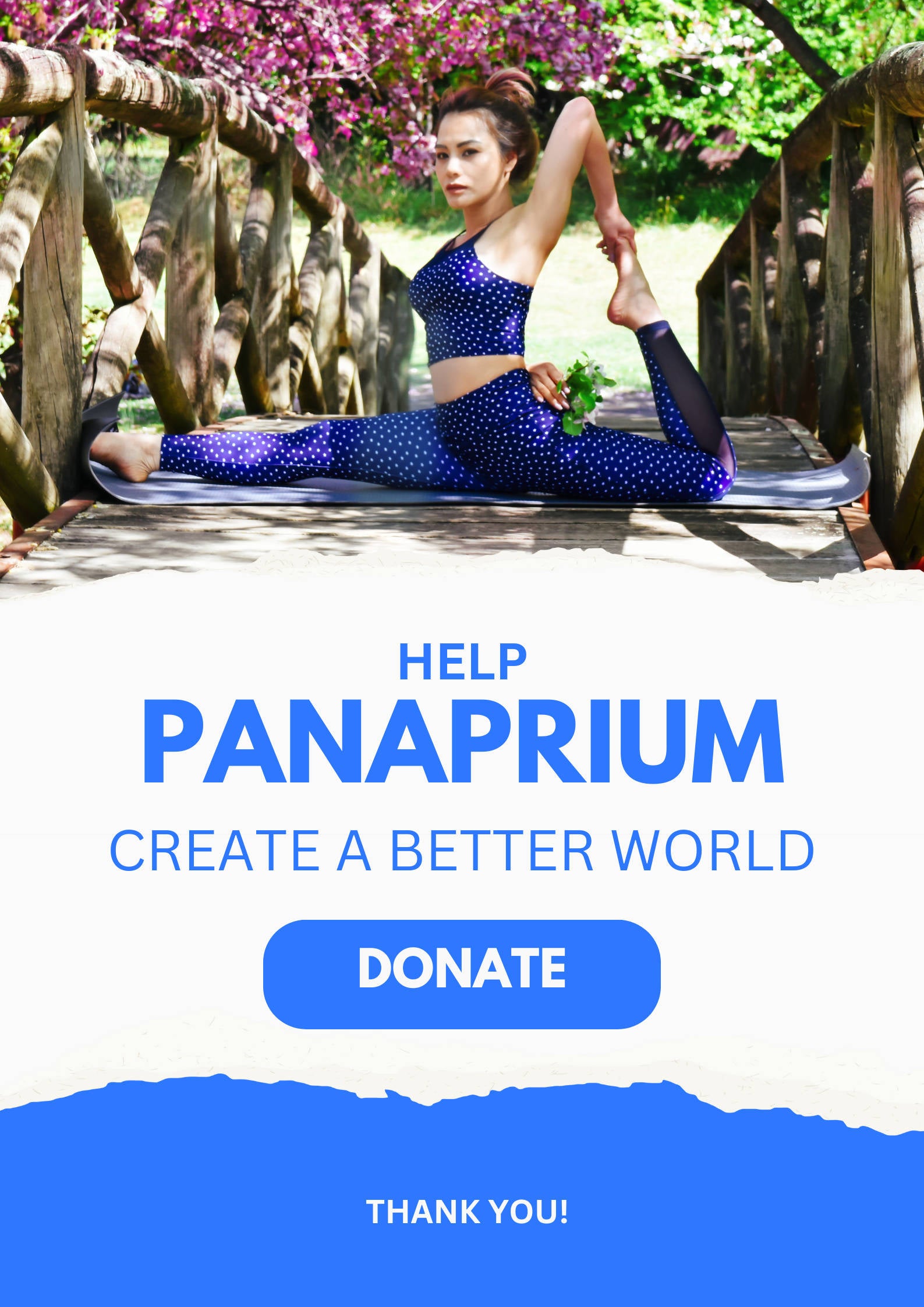

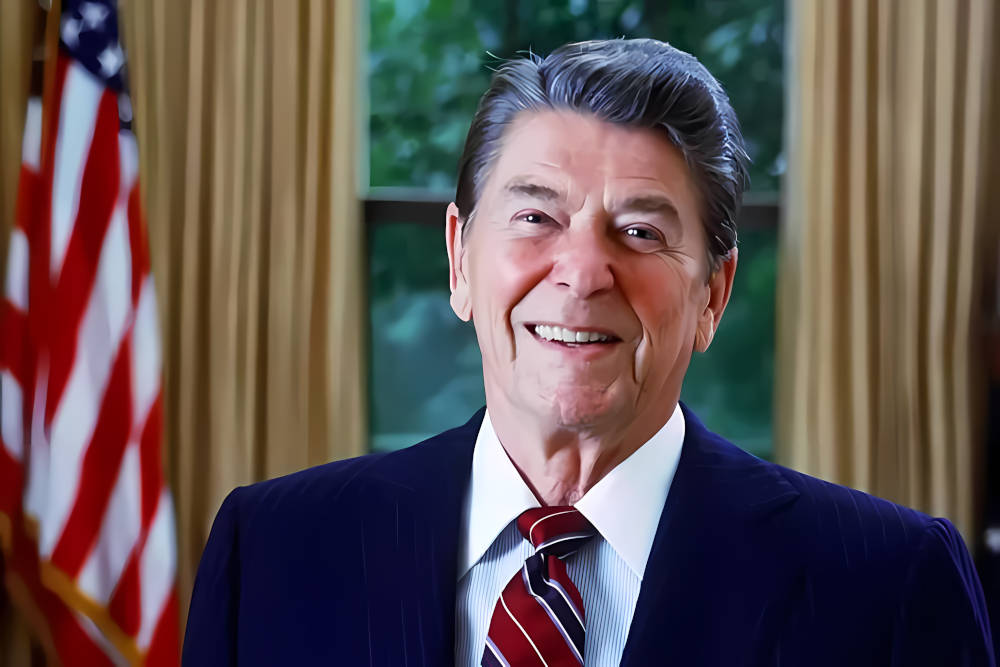
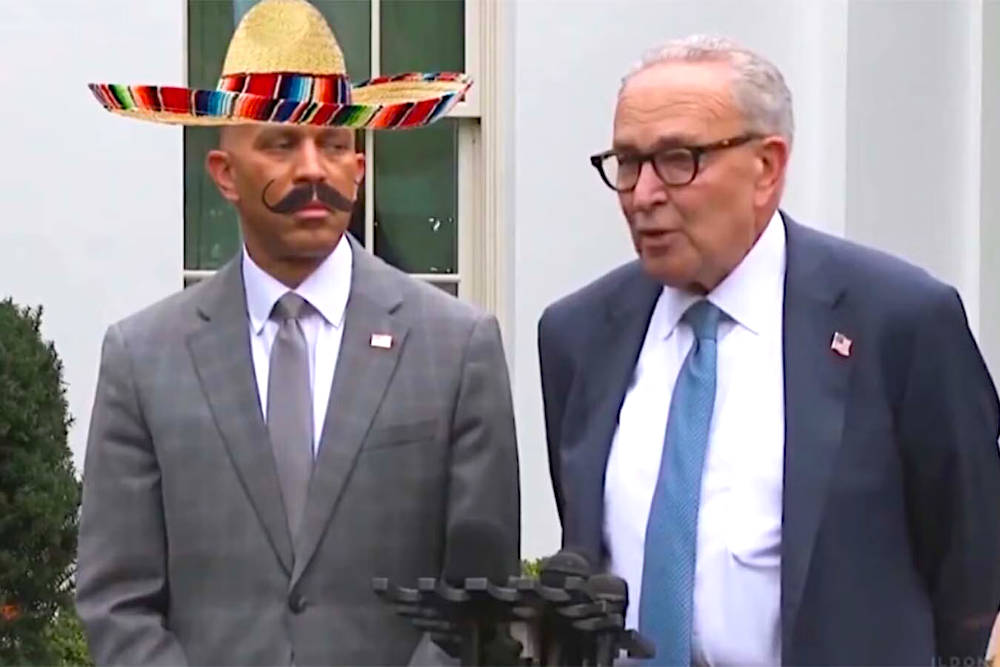
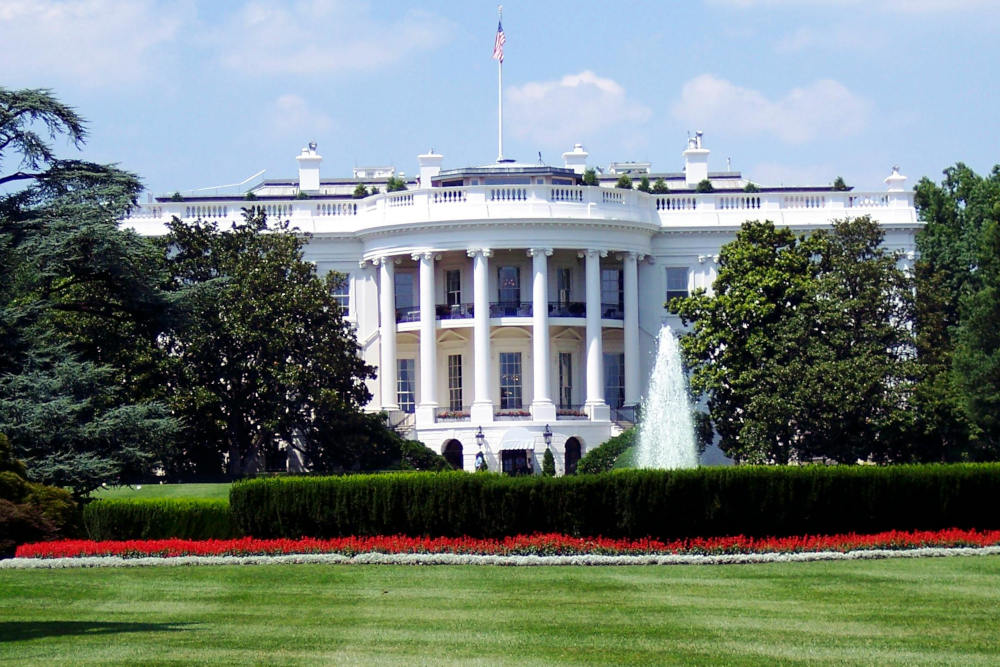
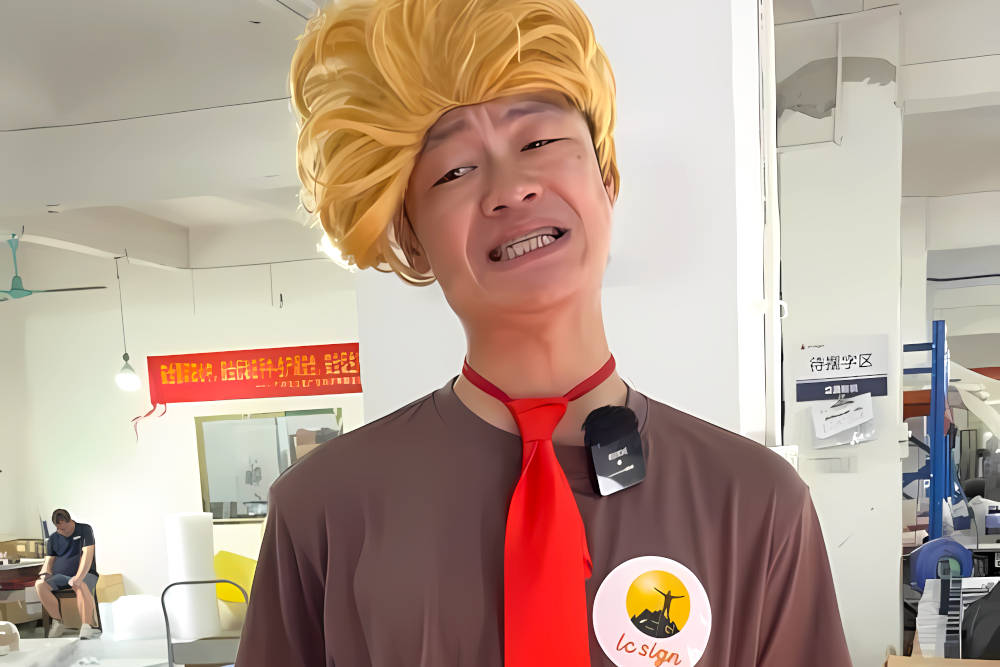
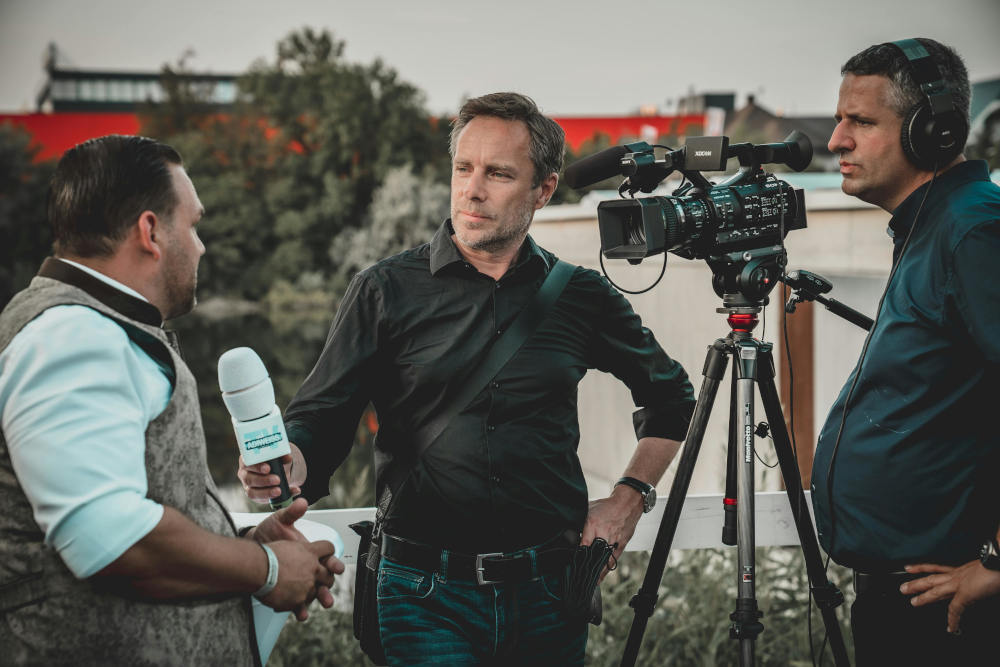

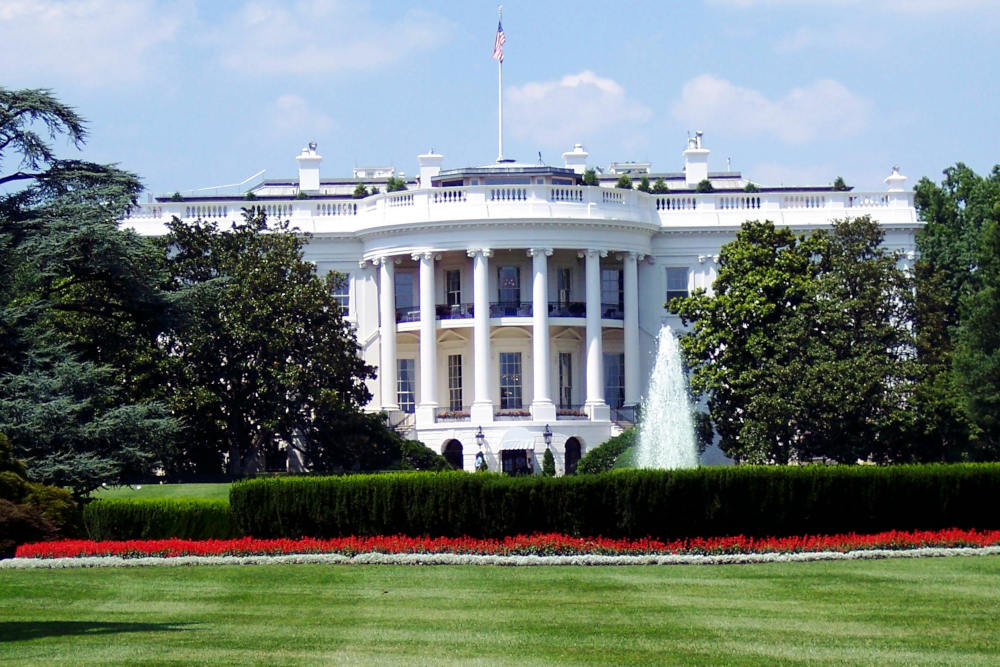



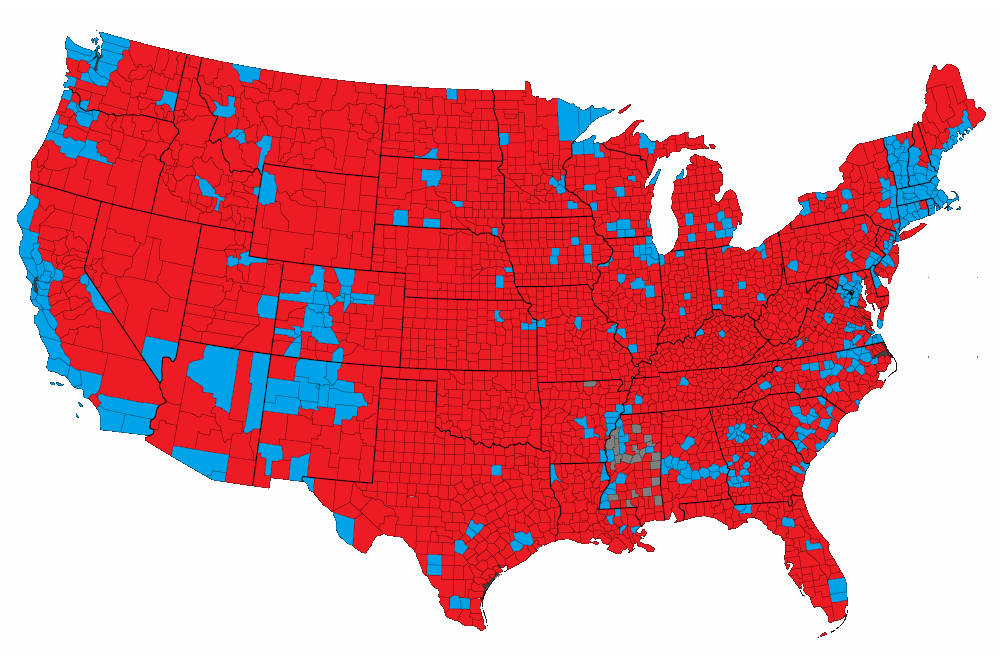
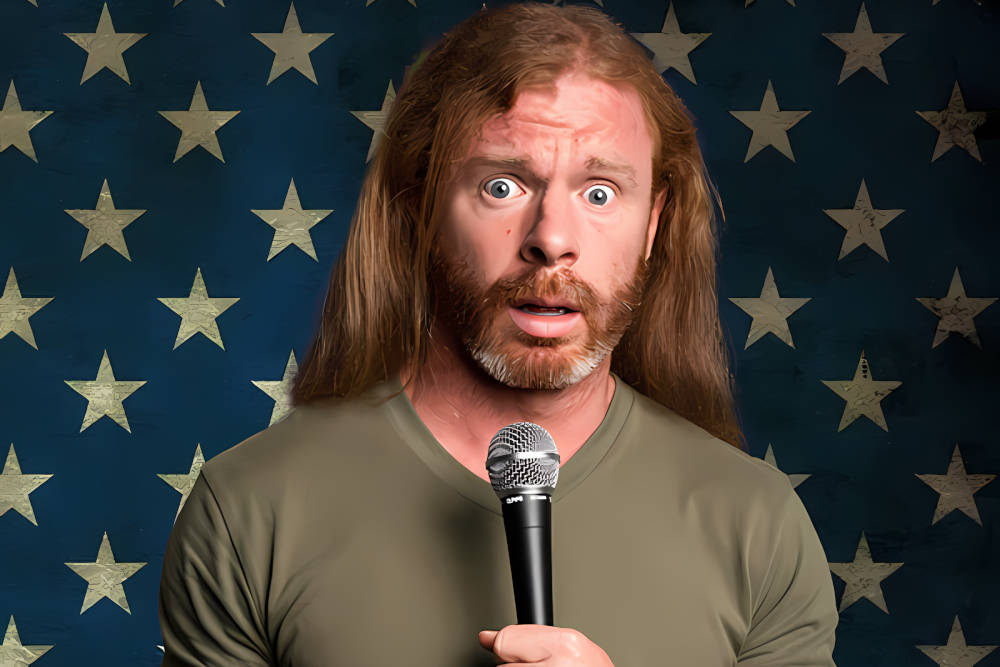
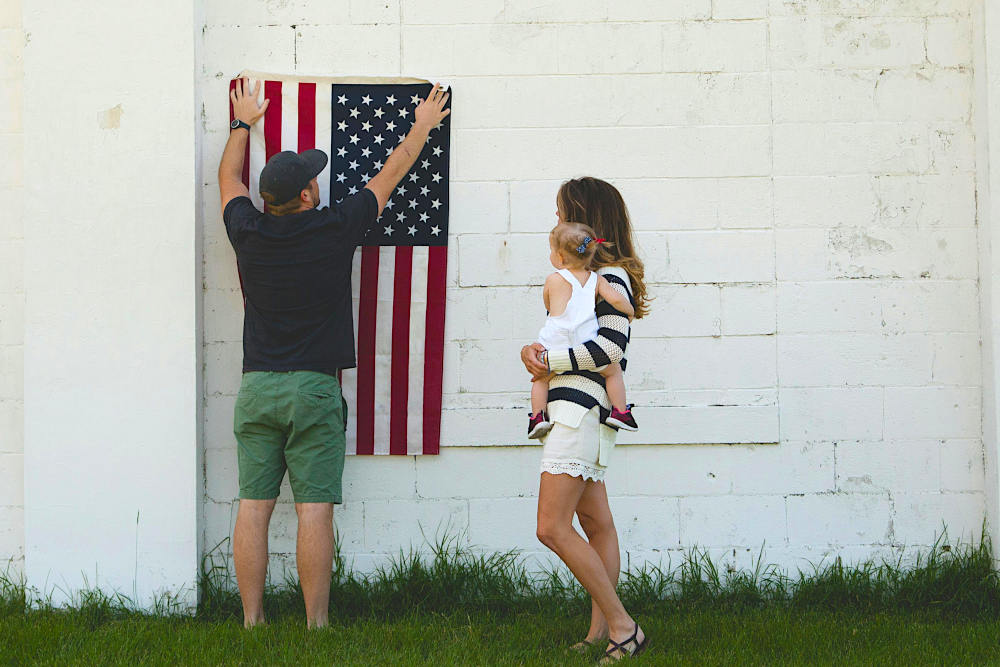
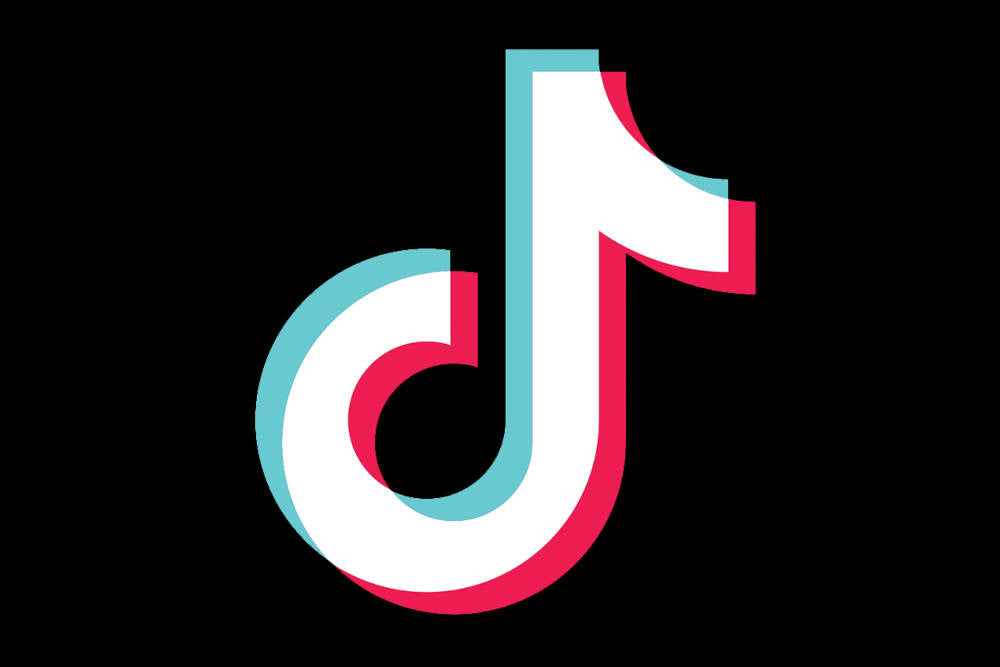
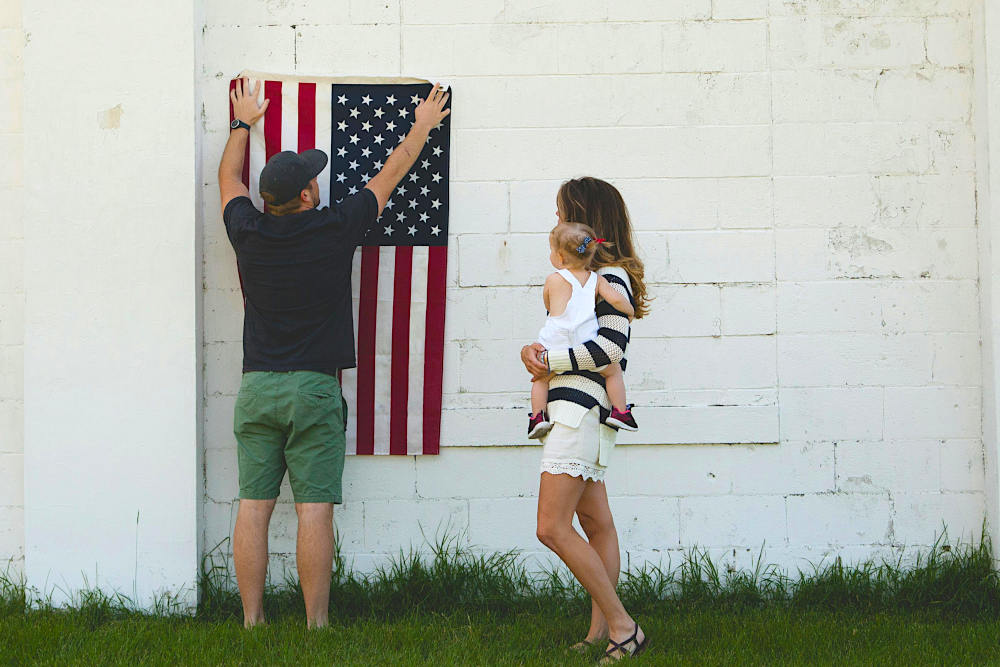



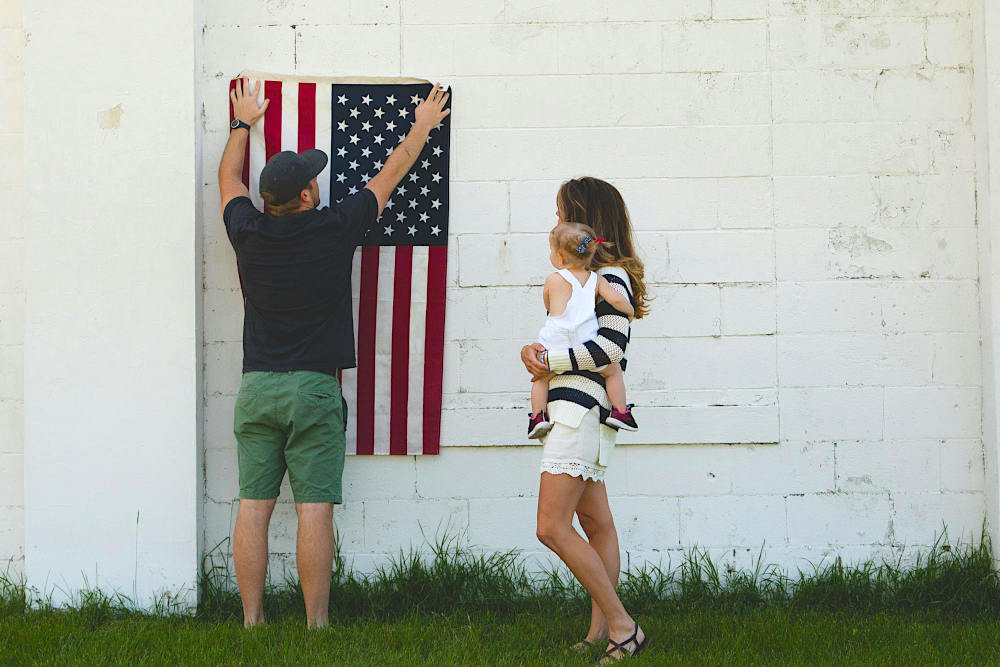

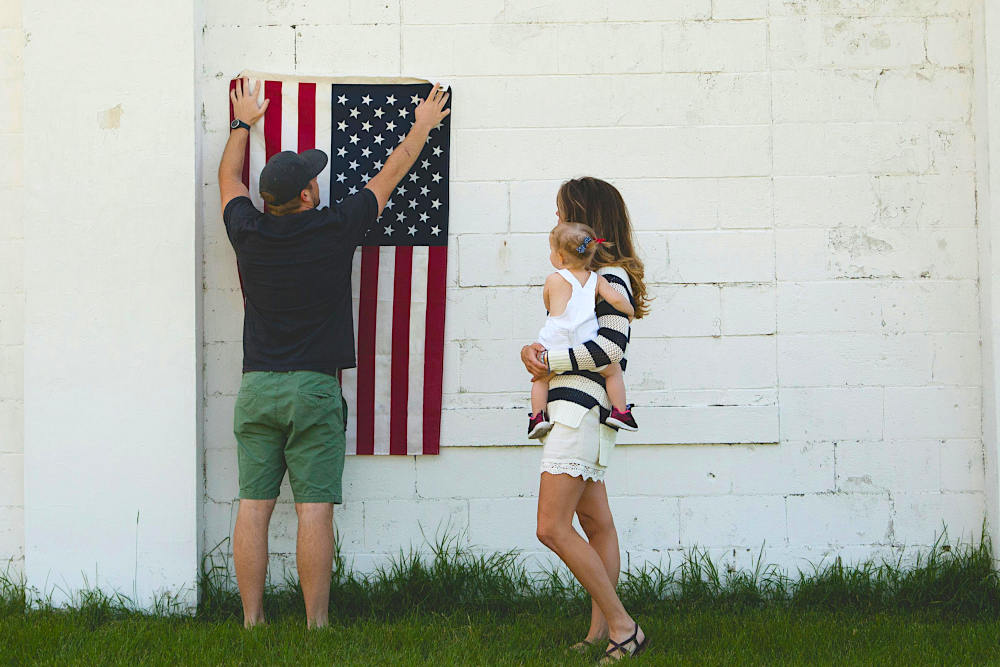
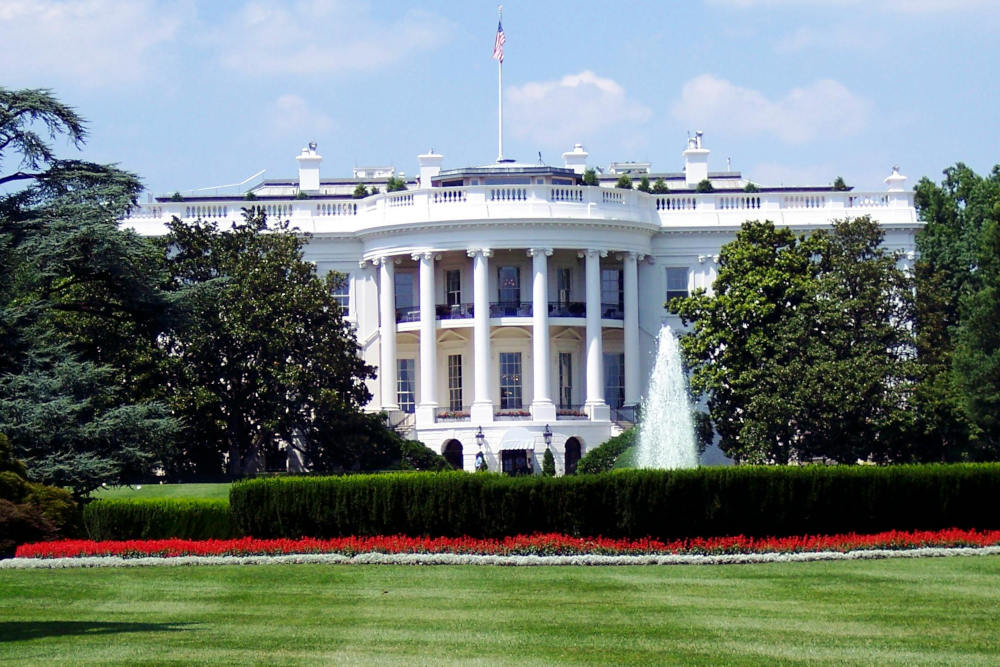
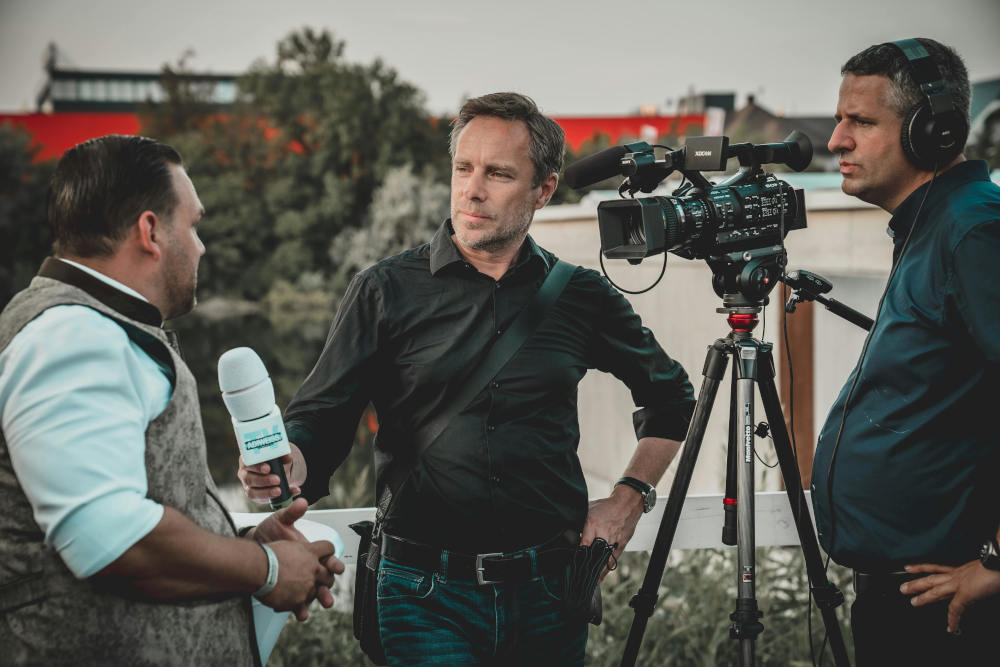
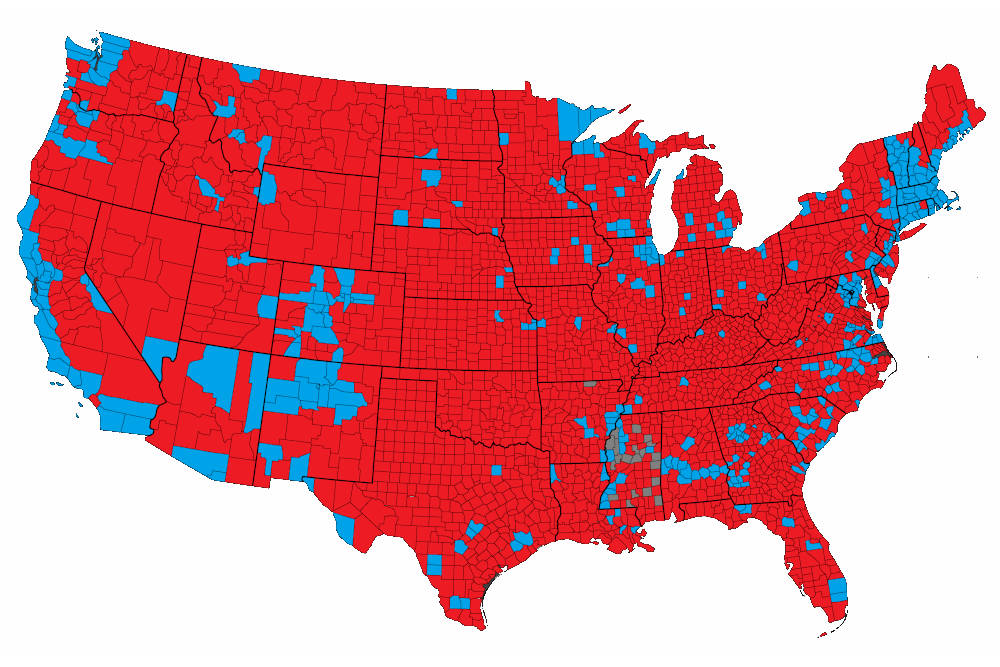



this is very helpful thank you for telling me i will never shop at the gap again